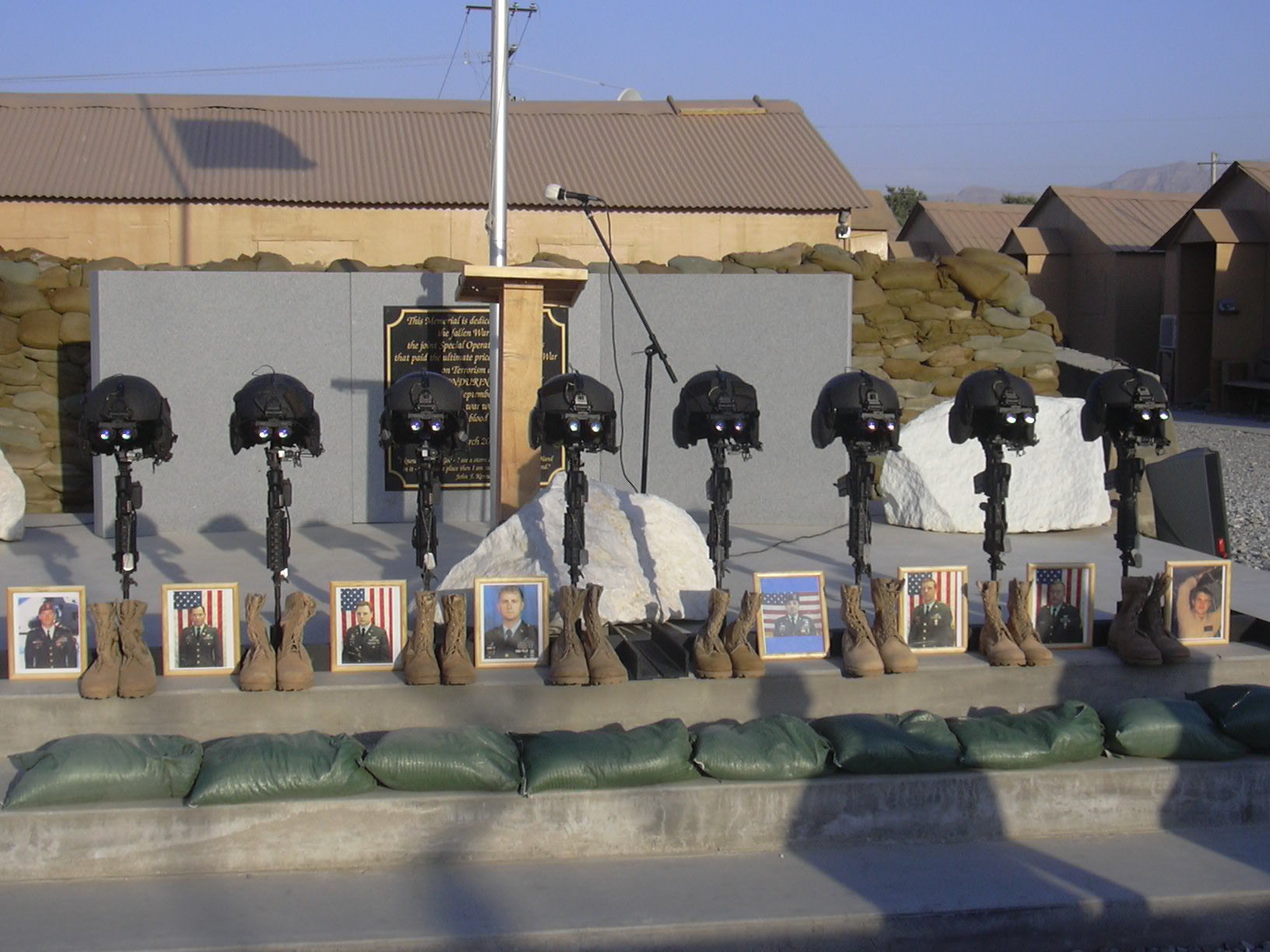
The memorial service display in Bagram, Afghanistan. Photo courtesy of Matt Rogie.
The sun was fading behind Afghanistan’s Hindu Kush mountains the evening of June 27, 2005, as a team of four US Navy SEALs walked up the ramp and into the back of US Army Capt. Matt Brady’s MH-47 Chinook helicopter on Bagram Air Base.
Tasked with inserting the SEAL special reconnaissance (SR) team deep into enemy territory in unforgiving terrain, Brady knew the SEALs — Lt. Michael Murphy, Petty Officer 2nd Class Danny Dietz, Petty Officer 2nd Class Marcus Luttrell, and Petty Officer 2nd Class Matthew Axelson — had a difficult mission ahead. Marines in the area knew it was an extremely dangerous place filled with Taliban fighters.
Brady had no way of knowing at the time, but it would be the last time anyone at Bagram would ever see three of those four Americans alive.
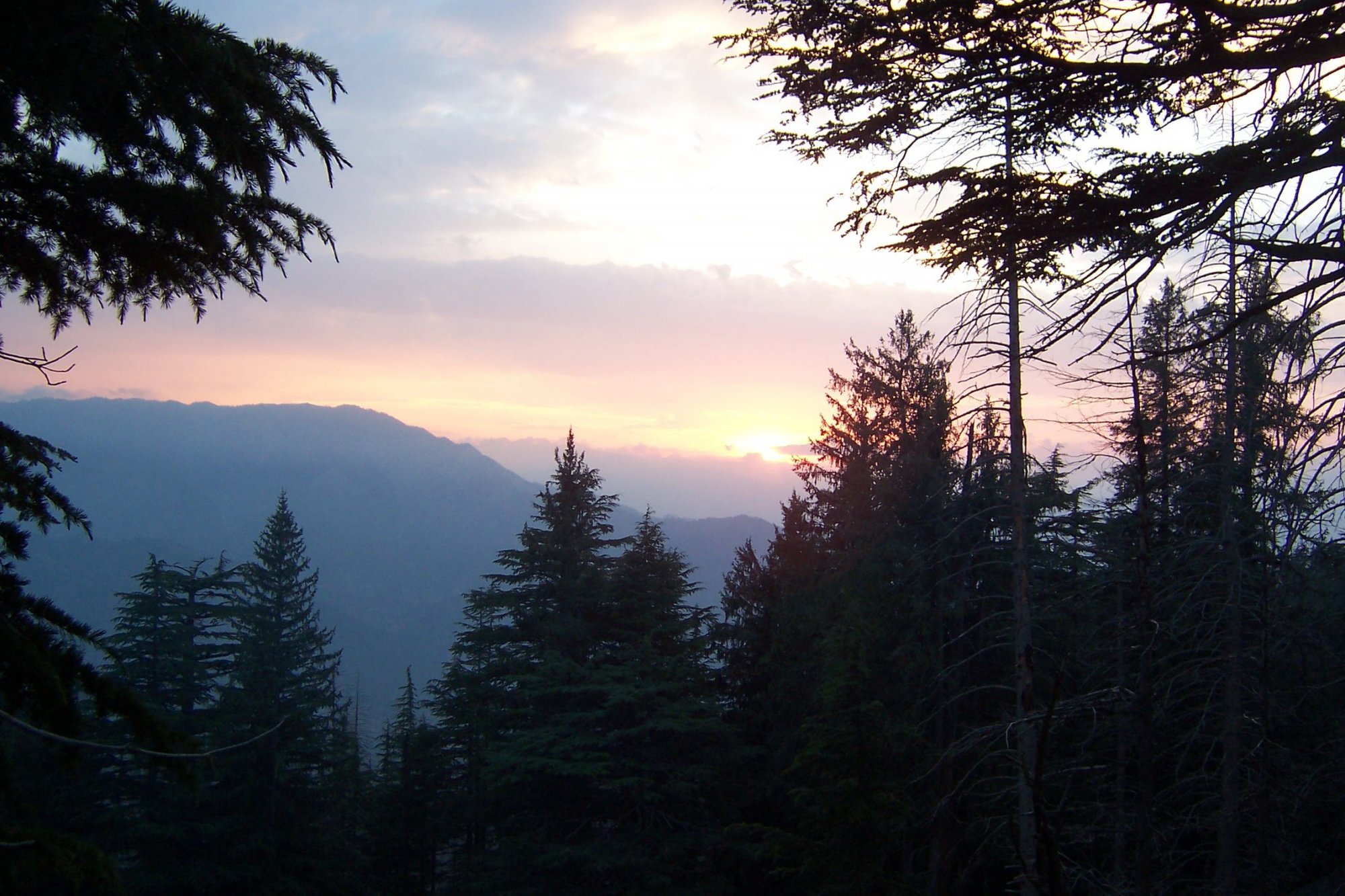
The Army’s elite 160th Special Operations Aviation Regiment (SOAR) is known for having some of the most skilled aviators in the world, who fly the most elite special operators into some of the most austere environments on earth using the most advanced aircraft in the US military inventory. They are famous for the roles they played in both the Battle of Mogadishu and the mission to kill Usama Bin Laden but are revered throughout the special operations community for acts of valor that often never see the light of day due to the classified nature of their work.
As a pilot in the 160th, Brady was the air mission commander for the operation. He and some of his fellow “Night Stalkers” felt the SEALs’ plan was too risky.
The mission was to capture or kill Ahmad Shah, a Taliban commander. The three-phase plan called for inserting a four-man SR team the first night, then inserting the second element of SEALs the following night to establish an isolation zone around Shah. Finally, 150 US Marines would come in to establish blocking positions for the SEALs’ assault on Shah’s compound.
The Night Stalkers’ job was to insert the SEALs on a ridgeline where the terrain left few options for landing zones. The commandos would have to descend from a rope — fast-rope — while the helos hovered high above the trees. That meant if the SEALs got into trouble, extraction would potentially require the use of a hoist to pull the SEALs out, which was a time-consuming and dangerous option.
As he approached the insertion site, Brady could see lights dotting the mountains below through his night-vision goggles.
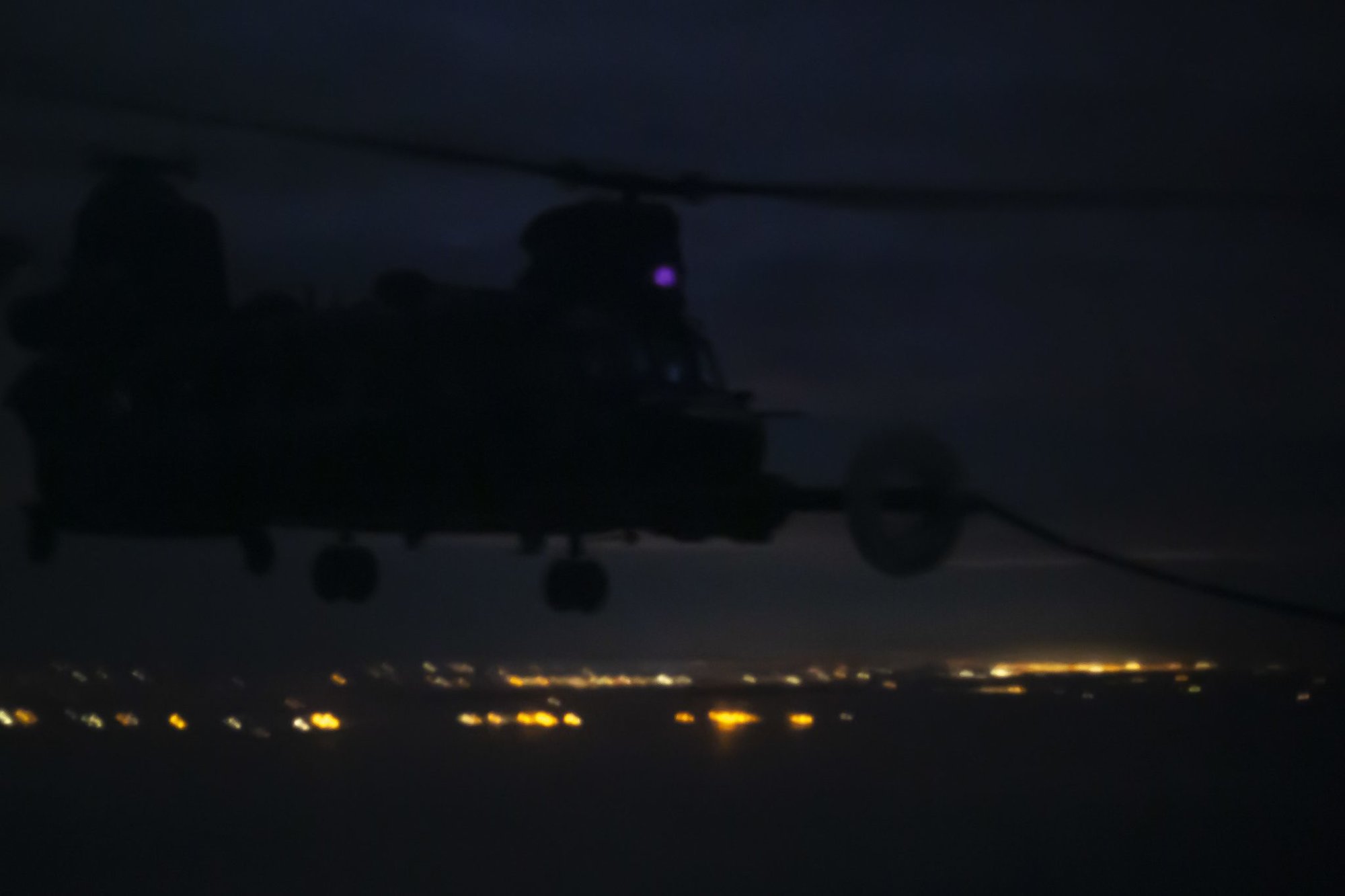
“This was a desolate part of the Hindu Kush, and at night, you wouldn’t really expect to see much,” Brady told Coffee or Die Magazine. “Not really sure who they were, but there was more activity than I expected.”
As the pilots climbed the last 1,000 feet of elevation, the AC-130 crew providing overwatch on their destination radioed to say they had to leave their position due to a mechanical issue. Brady knew that surveillance aircraft going off station without backup was supposed to result in aborting the mission.
He asked the AC-130 crew for one final report on the four potential landing zones the Night Stalkers had identified for the mission.
“We’ve got two military-aged males, possibly armed, on the northernmost LZ,” the crew reported. “Primary and secondary zones appear to be clear of potential threats.”
Believing the gunship could make it back on station in time for the insertion, Brady made the call to continue the mission.
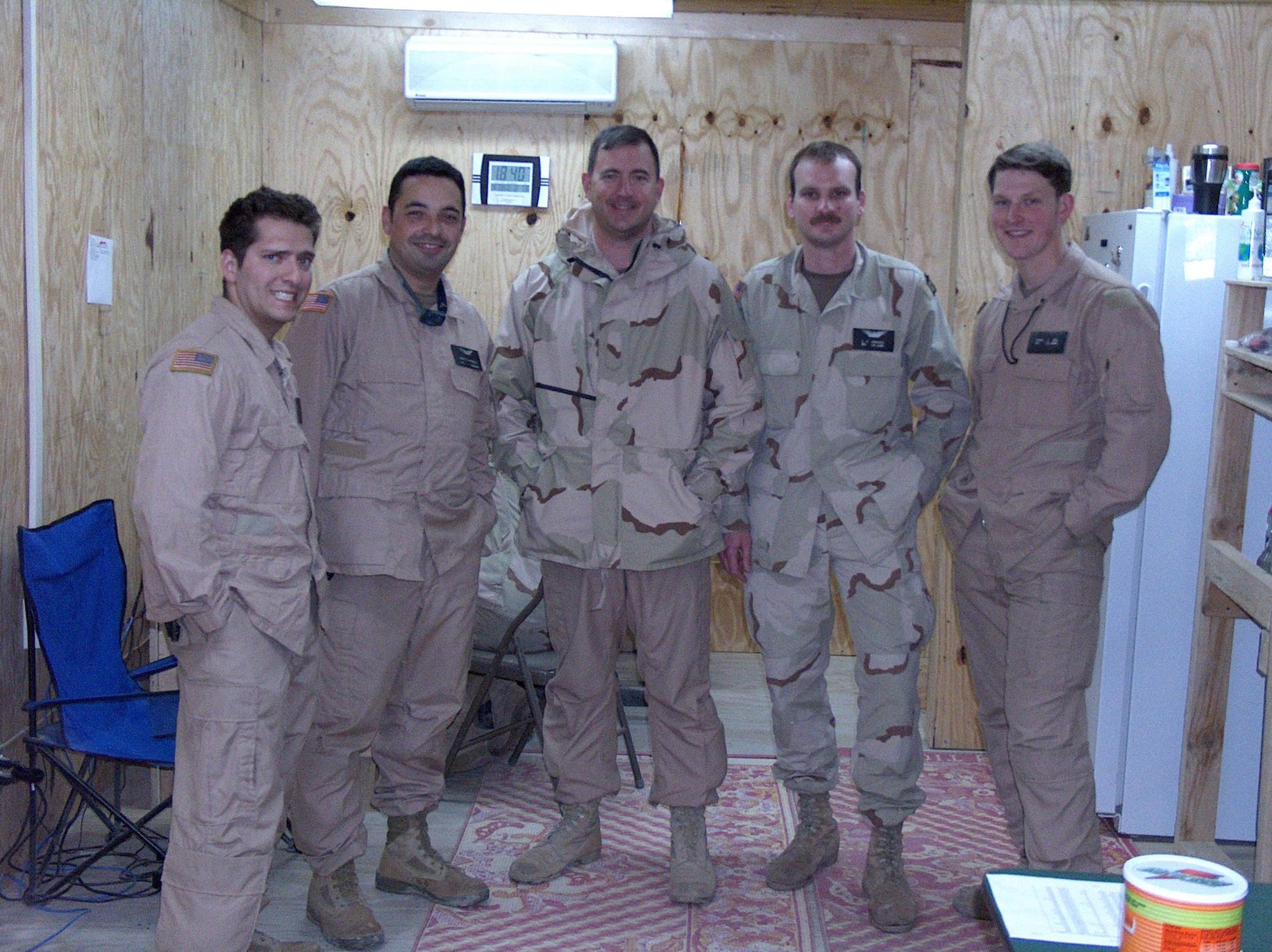
Approaching the insertion point, the pilots flared the Chinook and came into a hover. As the lead aircraft descended, it became clear the LZ was on a steep slope of the mountain, making descent difficult due to the front rotors approaching the mountainside faster than the rear of the aircraft.
“Hold your right and left; hold your front and rear,” came the internal radio traffic from the flight engineer to Brady.
There were 100-foot-tall trees on all sides of the Chinook, and they were so close the pilots had no room to sway as they descended.
“When you hear all four directions, everyone gets pretty tense,” Brady said. “It means you can’t drift any direction without crashing.”
The pilots descended to the point where the Chinook’s front rotor was just a few feet away from the mountainside with tall trees all around the aircraft. The flight crew kicked out the ropes, and the SEALs fast-roped down.
When the crew chief tried to pull the rope up, they found it was entangled below. After several tense moments of struggling to bring in the rope, they decided to cut it loose. The odds of enemy fighters hearing the echo of the dual-rotor helicopter increased every second it remained in a hover. The SEALs did their best to hide the rope and keep their presence on the ridgeline hidden from enemy fighters.
It wasn’t an ideal insertion, but the Night Stalkers had accomplished their mission. They ascended and flew back to Jalalabad to link up with another group of SEALs and stand by as a quick-reaction force (QRF) in case the SR team was compromised.
At Jalalabad, Brady was approached by SEAL Cmdr. Erik Kristensen in the command operations center. Kristensen confronted him about the decision to cut the rope at the LZ and asked if the Night Stalkers would go back and retrieve it.
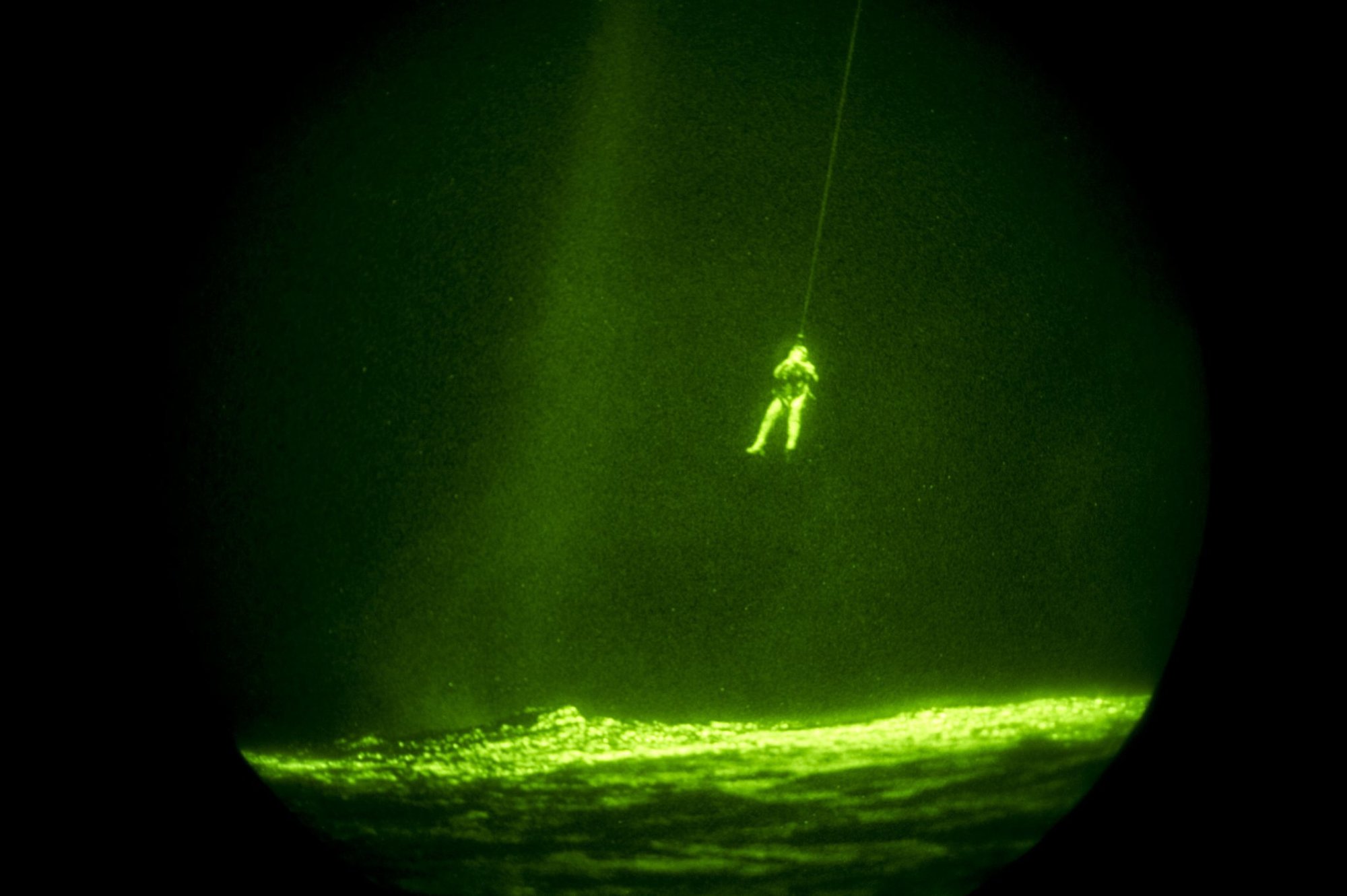
“We would have to drop a man down with a hoist in that hole of an LZ,” Brady explained. “Hoisting a man at that altitude on that kind of terrain at night is a dangerous operation. Once on the ground, they’d have to pick up the rope, hook it to themselves, and get hoisted back up. Hovering for that long over the same spot would burn the LZ and likely alert the enemy to the SR team’s presence.”
Kristensen agreed with Brady’s evaluation, and after the SR team radioed that they would be lying down for the day in their hide site, Brady and Kristensen called it a night.
Walking toward the flight line, the SEAL commander quipped, “What made you want to fly such ugly helicopters?”
“They’re not much to look at, but they get the job done,” Brady fired back. “Kind of like SEALs.”
They shared a laugh as they loaded up for the flight back to Bagram.
At the Bagram operations center, Maj. Stephen Reich approached Brady urgently, asking why he didn’t follow abort criteria and fly back with the SR team after the AC-130 had to leave the airspace.
Brady said he estimated the AC-130 would only be off station briefly and that the crew had reported no hostile activity on the LZ. He told Reich pushing the mission back would allow Shah to continue his terrorist activities, likely leading to the death of locals and US military in the area.
“Good,” Brady recalled Reich saying. “I’m glad you’re a thinking air mission commander and not simply one that takes a black-and-white view of the situation.”
With that, they retired to their rooms to rest for phase two of the operation the following night.
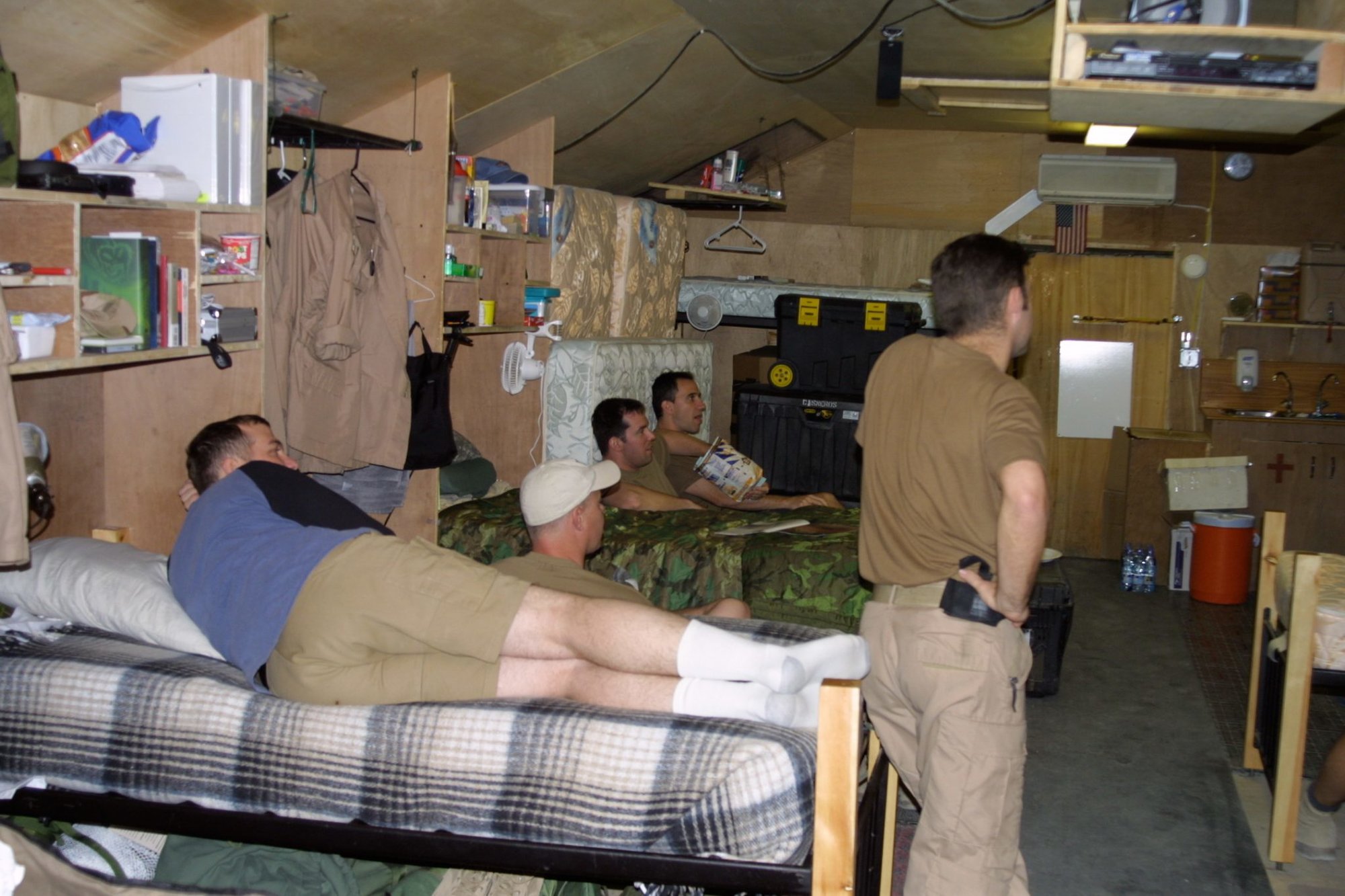
As the Night Stalkers slept, the SR team was discovered by a numerically superior force of enemy fighters. They engaged in a fierce firefight, and at some point the task force lost contact with them.
Brady’s maintenance officer woke him and said the SR team was in trouble and the Night Stalkers had orders to spin up and pull the team out.
“That’s not possible,” Brady replied, confused at how quickly the SEALs had become compromised. “They’ve got their own quick-reaction force. We’re completely separate commands. It doesn’t make sense.”
But he knew and lived by the Night Stalkers’ promise to every customer: “If we put you in, we’ll stop at nothing to get you out — even if it’s technically someone else’s job.”
Brady rushed to the operations center where Chief Warrant Officer 4 Chris Eicher was telling the task force commander that they should wait until dark before sending the QRF because going in during daylight would subject them to more danger. The 160th had only lost helicopters during daylight missions at that point — they’re called Night Stalkers for a reason.
The commander explained that the ground force commander had already rejected that plan and didn’t want to wait any longer.
Brady ran over to where his platoon sergeant, Sgt. 1st Class Mike Russell, was sleeping and updated him on what had unfolded.
“Are you serious?” Russell replied.
Russell went to work right away getting the crews together to prep the aircraft for the mission.
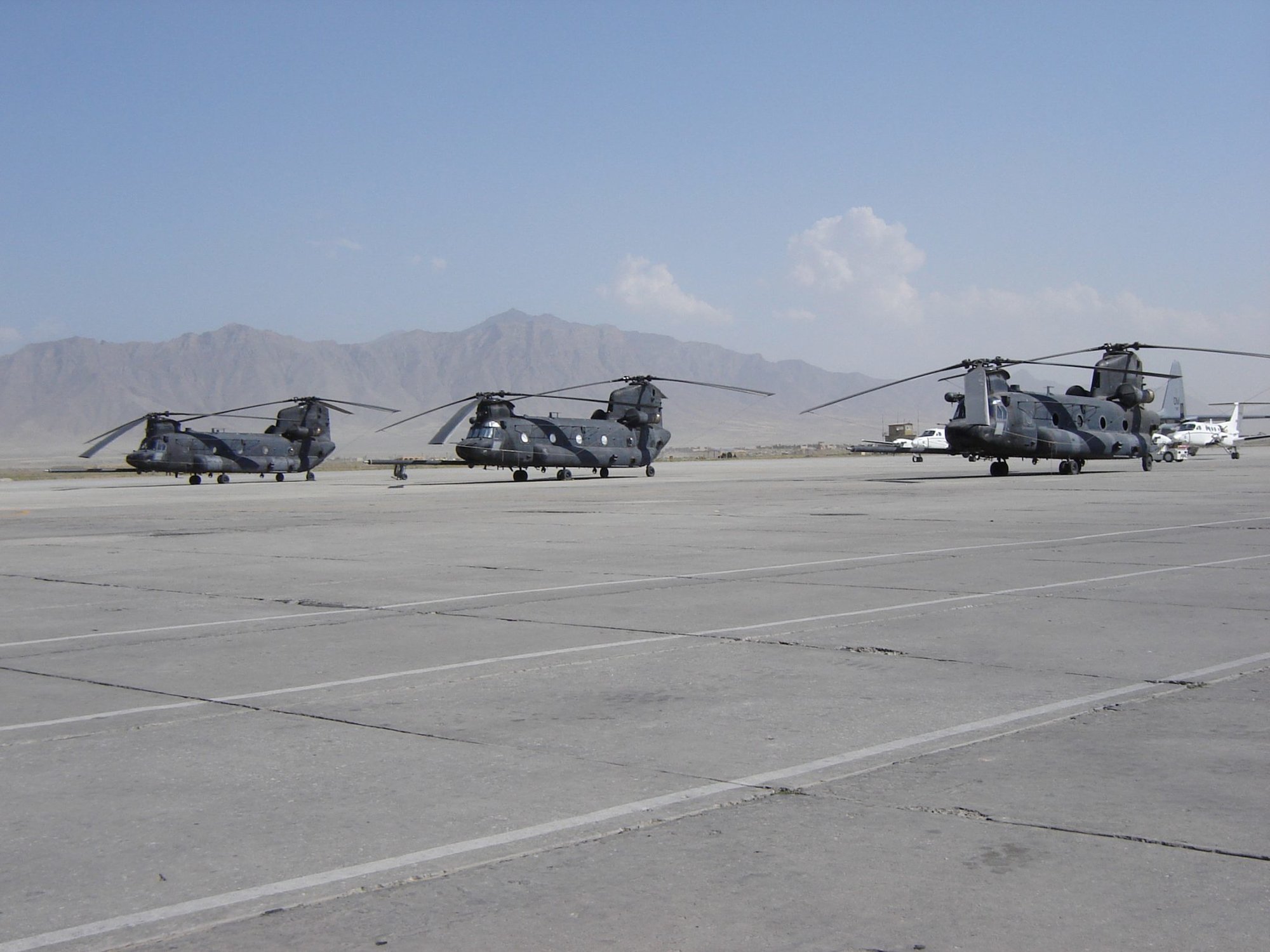
Back in the operations center, leaders were busy trying to figure out the SEALs’ last known location and calculating how many soldiers each helicopter could fly with. They finalized plans and sent the Night Stalkers on their way.
As Brady approached the Chinook he’d be flying, he noticed the tail number: 1-4-6. The bird’s call sign was Turbine 33. Kristensen and his SEALs were waiting on the ramp, standing in a circle.
“Our plan of action is for you to get us to the high ground as close to the troops in contact as you can, and we’re going to fight our way downhill,” Brady recalled Kristensen saying.
Since the SEALs weren’t sure where exactly the compromised team was located, Kristensen believed inserting at a position of tactical advantage was the best option.
“Drop us on the high ground, and we’ll make our way to our swim buddies,” Kristensen told Brady.
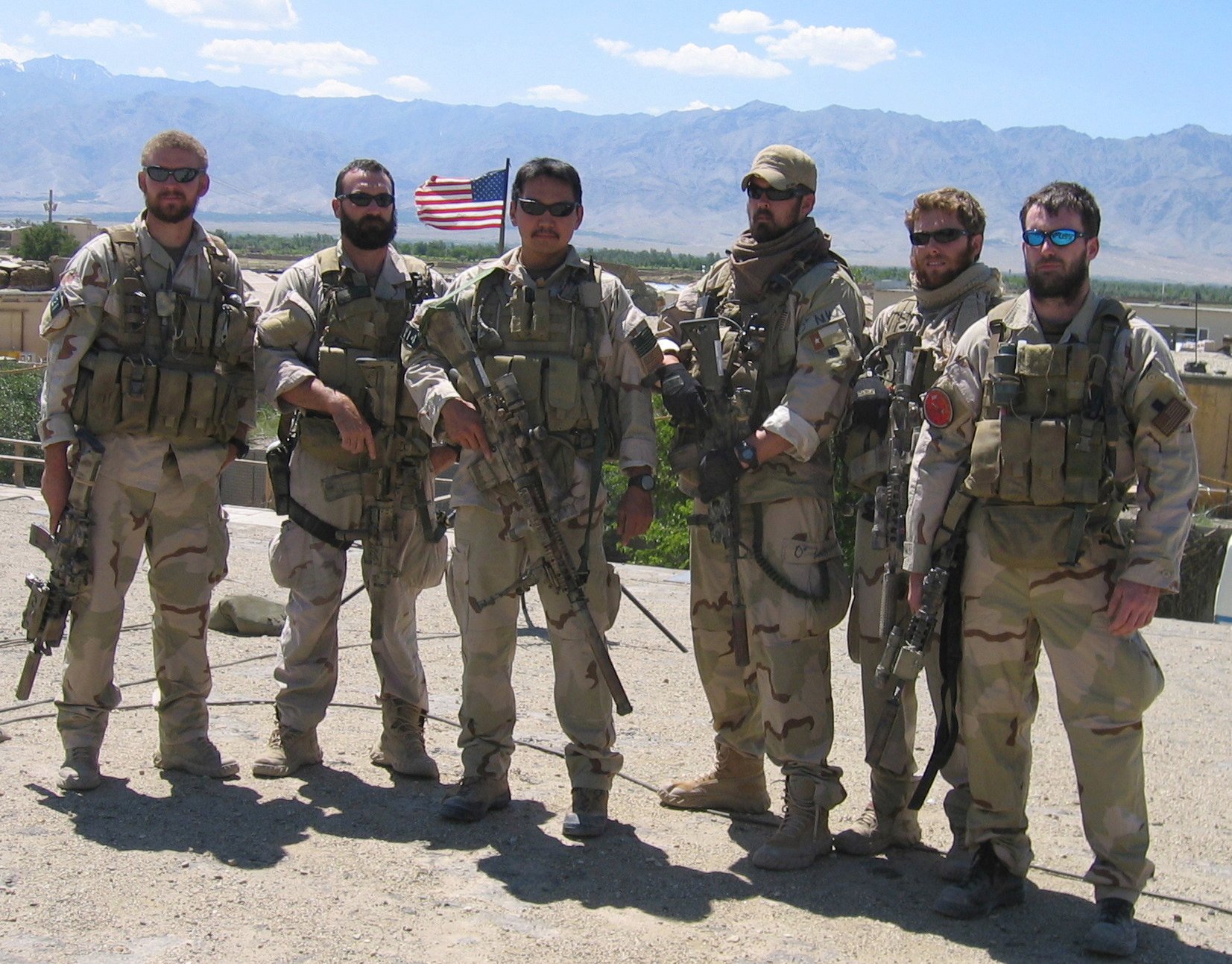
As Brady climbed into Turbine 33 and started strapping in, Reich tapped his shoulder and asked what the plan was. Reich, who had been designated mission commander for phase two of the operation, felt the QRF was his responsibility.
“We argued for what seemed like 10 minutes but was actually about 30 seconds,” Brady recalled.
But Reich cut the debate short. “I don’t really care, Matt,” he told Brady, “just get your stuff and get off the airplane. This is my mission.”
Brady said he pleaded with Reich to at least let him come with and act as an extra gun and set of eyes.
“Nope, I want you to take my spot as the operations officer and monitor from here,” Reich replied.
Disappointed, Brady followed the order and got off the aircraft. As he watched the two Chinooks taxiing onto the runway, he locked eyes with Russell, his platoon sergeant.
“He had a look of competence and professionalism — like he was ready to live out the Night Stalker creed,” Brady said.
He walked back to the operations center to monitor the situation and provide support from Bagram.
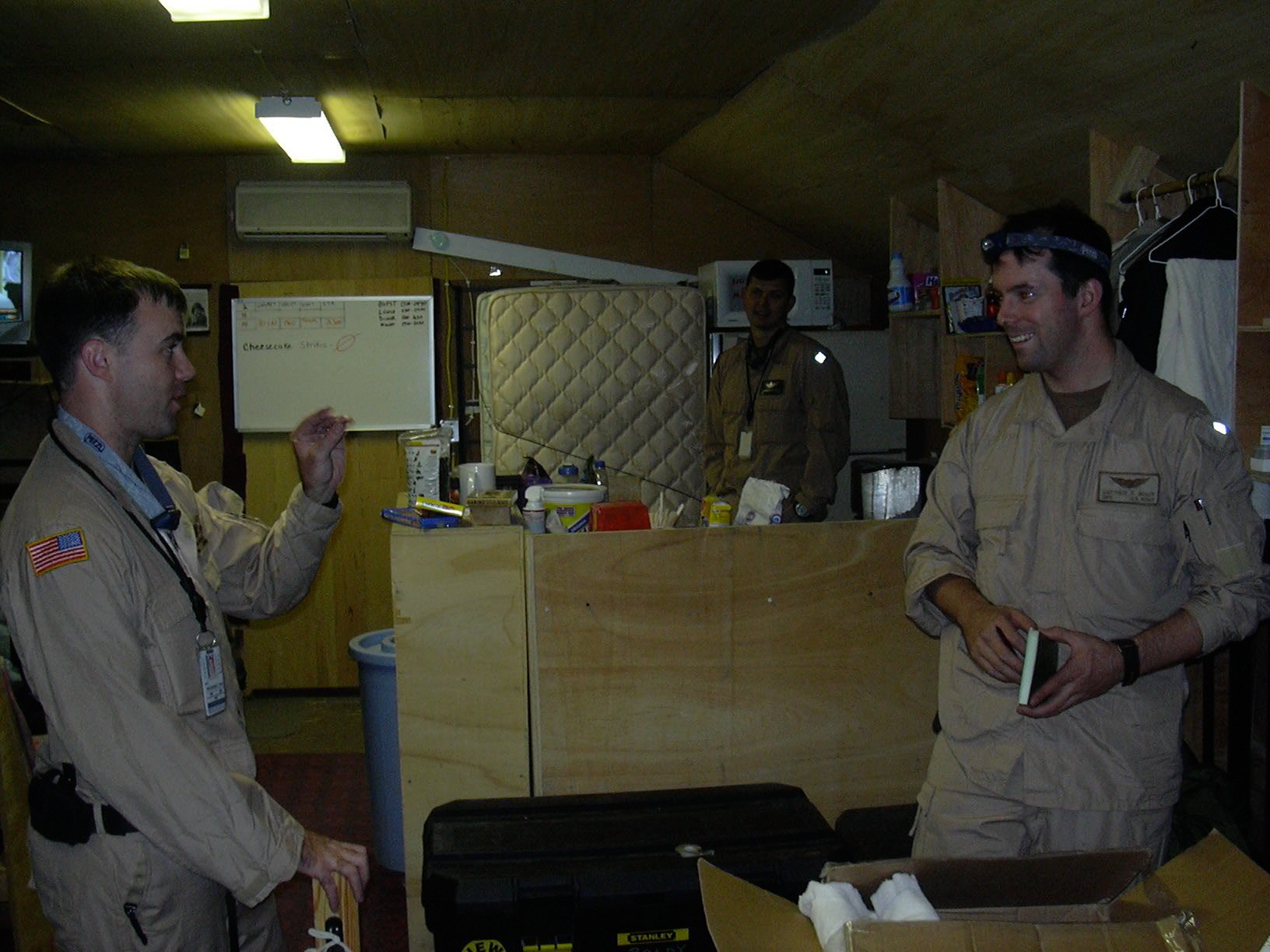
The two Chinooks — Turbine 33 and Turbine 34 — were packed with 16 SEALs each, plus the Night Stalker pilots and crewman. Flying toward Jalalabad en route to the last known position of the SEALs, they received word from Bagram on the number of men they could have on board each aircraft and still fly at the extreme elevation. They would have to offload eight SEALs from each helicopter before continuing.
“A lot of guys really wanted to stay on the mission,” recalled Chief Warrant Officer 3 Tim Graham, one of the pilots on Turbine 34.
The plan was for the SEALs to fast-rope onto the ridgeline above the original LZ. The Night Stalkers would then circle back and pick up the remaining SEALs who offloaded at Jalalabad.
During the flight, the Night Stalkers passed two Apache gunships whose pilots asked if they wanted to slow down so they could provide surveillance and support for the operation. Not wanting to burn valuable time waiting on approval from the task force commander for the audible, the Night Stalkers continued on without the Apaches.

Arriving at the insertion point on the ridgeline, Turbine 33 descended into a hover. Graham watched from Turbine 34 as Turbine 33’s ramp lowered and the crewman walked onto it to observe the landing zone below. Graham’s aircraft pulled off to the right to circle around and insert their payload of SEALs after Turbine 33 moved off to allow their entrance.
That’s when Staff Sgt. Steven Smith, the flight engineer in the rear of Turbine 34, saw a smoke trail emerge from the tree line directly toward Turbine 33. The projectile flew through the open ramp of the Chinook and exploded inside. Turbine 33’s nose dipped down, and the aircraft slid to the left, appearing to almost recover. Then the helo’s blades started hitting each other, and the aircraft rolled to the right before inverting as it descended to the mountainous terrain below.
Smith and the others in Turbine 34 watched helplessly as the Chinook full of their fellow aviators — their friends — crashed into the mountain and erupted in a ball of flames.
“Al and Kip were on the ramp when the RPG impacted,” Smith, who witnessed the horrific event, recalled. “They rode it all the way in that way.”

Graham and his co-pilot whipped their Chinook around to look for survivors. As they were turning around, Graham saw five Black Hawks performing a star-cluster evasion. Turbine 34 started taking heavy gunfire from unseen fighters below. They broke off and flew out of reach of the enemy fire.
Graham reported the situation back to Bagram. Receiving the transmission, Brady couldn’t believe it. He would have been on that bird were it not for the last-minute change. He asked Graham to repeat, unable to register what he had just heard.
One of Brady’s soldiers in the operations center was asking him a question, but Brady was momentarily frozen with shock. Then the realization hit: He was now in charge.
Brady told his operations NCO to give him a minute to gather more information to get the next plan of action in place. He walked out of the operations center and found Eicher.
“Chris, Turbine 33 has just been shot down,” he told Eicher, who’d earned the nickname “Iceman” for his always cool demeanor.
Eicher looked at Brady and said, “Nah, they probably put down for maintenance.”
Brady persisted with the details. He and Eicher hurried back to the operations center.
The two Apaches had arrived on station, drawing heavy gunfire, but nonetheless giving Turbine 34’s crew back in the operations center a good look at the crash site.
“It didn’t look like there was any way anybody could have survived,” Graham said. “You hope they could. It just didn’t look good.”
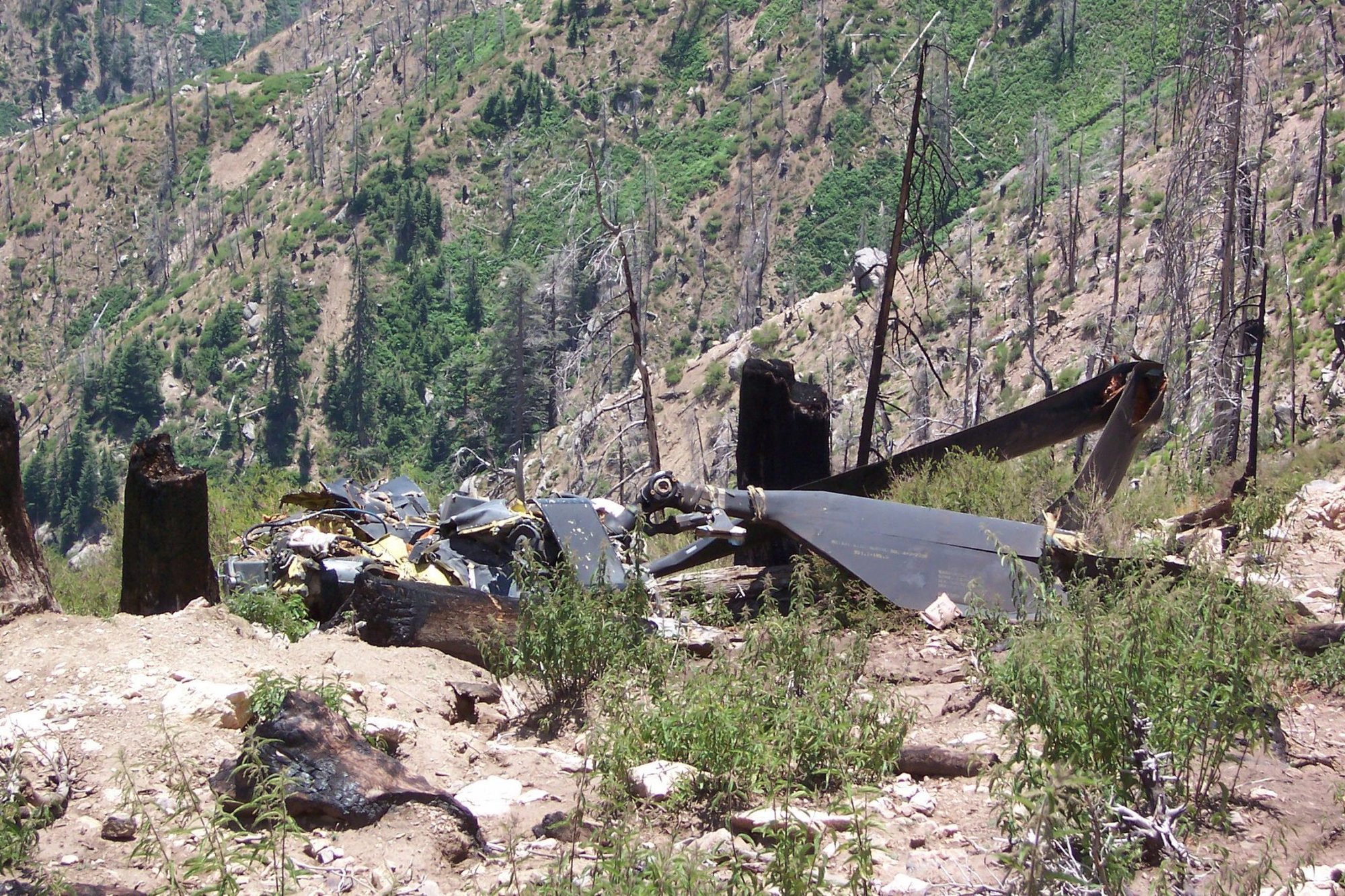
They ascended back into orbit and remained there for an hour until the task force commander ordered them back to Jalalabad. Not wanting to leave their brothers, the SEAL team commander hatched a plan with the Night Stalkers to insert higher up on the ridgeline and fight their way down to the crash site so Turbine 34 could fly back to Jalalabad, pick up as many SEALs as he could, and fly back to reinforce the eight SEALs. The task force commander denied the request and ordered Turbine 34 back to Jalalabad. Frustrated and angry, Graham followed the order.
Smith said everyone on the Chinook was angry. One of the SEALs even drew his pistol and attempted unsuccessfully to force the Chinook to land so they could try to save their friends.
Graham made a stop at a Forward Arming and Refueling Point just outside of Jalalabad. After landing, Graham saw the same five Black Hawks that had peeled off earlier parked on the runway. He didn’t think much of it at the time, but many years later he found out a new platoon leader came into their company within the 160th and was responsible for those Black Hawks.
Each of the five Black Hawks was loaded with Marines and had flown out thinking they were the QRF for the SR team. When Turbine 33 was shot down, they received orders to fly back along with Turbine 34 and the Apache gunships until the next phase of the mission was developed.
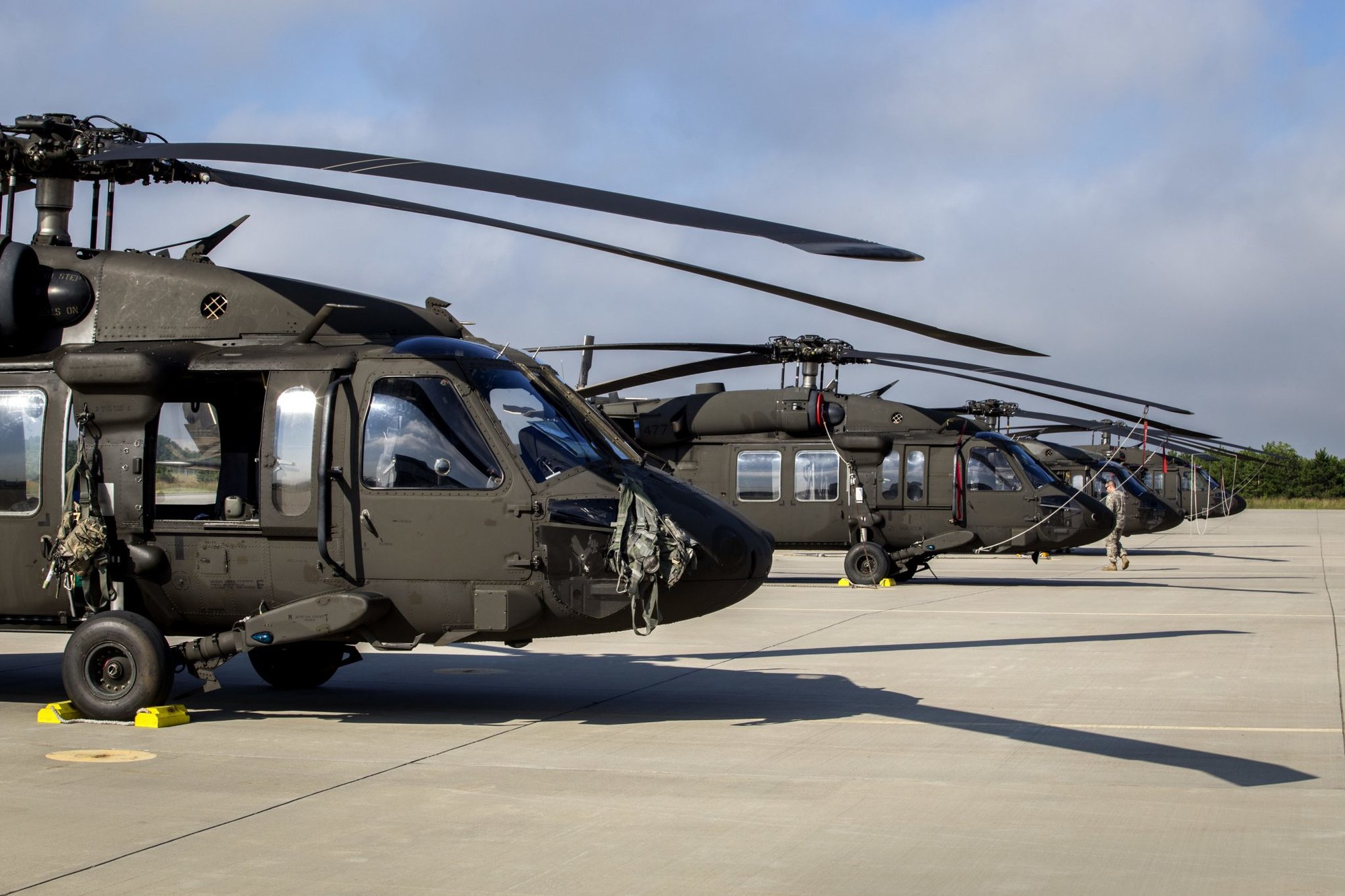
After refueling, he continued on to Jalalabad and offloaded.
“When I met him there on the ground in Jalalabad, Graham was fairly shaken to say the least,” Brady recalled.
The task force commander debriefed the men and then focused on planning their next steps.
Smith said he saw a line of armored vehicles full of troops.
“I could see a lot of vehicles with troops armed to the damn teeth,” Smith recalled. “They rolled out with a convoy and with some vengeance, and they fought their way up that mountainside, all the way up to the crash site.”
The remaining Night Stalkers prepared for a rescue operation. Navy SEALs, Army Rangers, and other Joint Special Operations Command (JSOC) personnel loaded onto five Chinooks. All the men were anxious, angry, and ready to retrieve their brothers in arms.
The Chinooks took off toward the mountains once again, but as they climbed in elevation, severe weather rolled in. Thunder boomed as lightning struck all around them.
“So the enemy is one factor, but the terrain and weather are now a huge factor, and they’re starting to overtake the enemy in terms of danger to the force,” Brady said.
He said visibility got so bad that he couldn’t see the heat glow of the engines from the Chinook in front of him. The order was given to again abort the mission and return to base. It was a gut-wrenching decision for everyone on the mission, as they knew the original SEALs on the SR team were fighting for their lives and one of their own aircraft and crew was burning on the side of a mountain.
Back at Jalalabad, the commanders decided they had no choice but to wait for better weather and try again the next night.
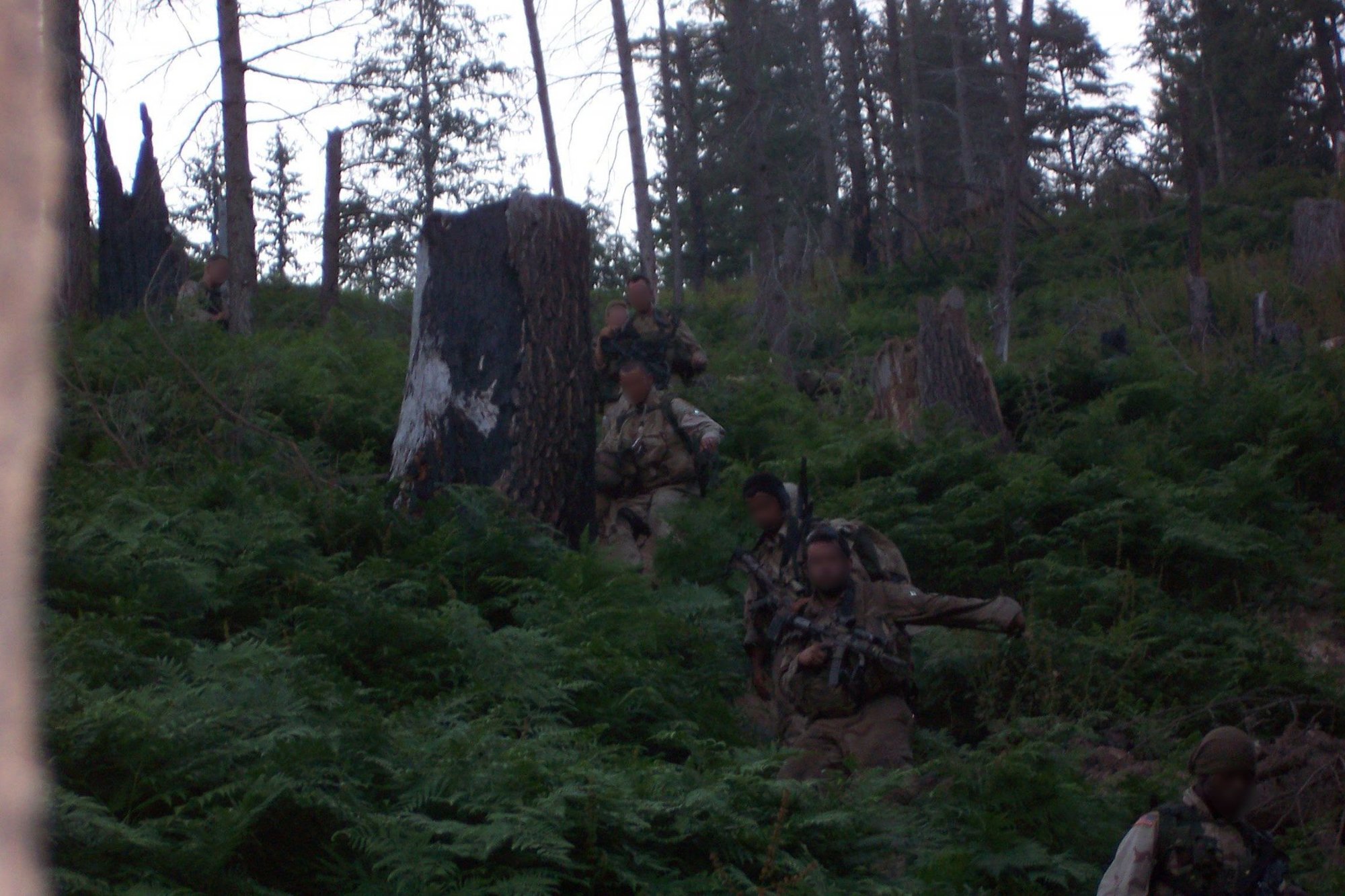
As the storm raged, the members of the task force — haunted with thoughts of their brothers on the mountain — tried to sleep.
As the next night approached, the task force went to work, planning another insertion onto the deadly ridgeline. The Night Stalkers again loaded their Chinooks with Rangers and SEALs and took off toward the mountains.
Arriving on site, the task force members fast-roped in. The extreme height of the trees made the full length of rope — approximately 90 feet — necessary. Many of the men suffered scorched hands from gripping the rope through gloves for such a long descent.
Once on the ground, they started their search for casualties, potential survivors, and sensitive equipment.
As the Night Stalkers flew back to Bagram, the JSOC ground force that had convoyed to the crash radioed to the task force that they had secured the site. There were no survivors.
The JSOC troops, along with their newly arrived reinforcements, went to work recovering those killed in action as well as sensitive equipment that could not fall into enemy hands. They then used explosives to clear out a large enough area for Chinooks to land when they came back.

Chief Warrant Officer 4 Matt Rogie arrived in Bagram just before the Night Stalkers came back after dropping off the recovery force. Assigned to replace Eicher as senior flight lead, he was trying to learn as much as he could before hopping into an aircraft and joining the mission.
Rogie met Eicher on the flight line when he landed after returning from the mission.
“I’m glad you’re here because I am spent,” Eicher told him.
The Night Stalkers flew back to their newly forged landing zone the following night. The weather was turning bad again as they offloaded Marines to assist with security.
“I could see the grass being blown by the rotor wash and all the remains bags being lined up in a row — 16 of them,” Rogie recalled. “There was still some smoldering from the crash site, and I could see the glow from the heat through my night vision.”
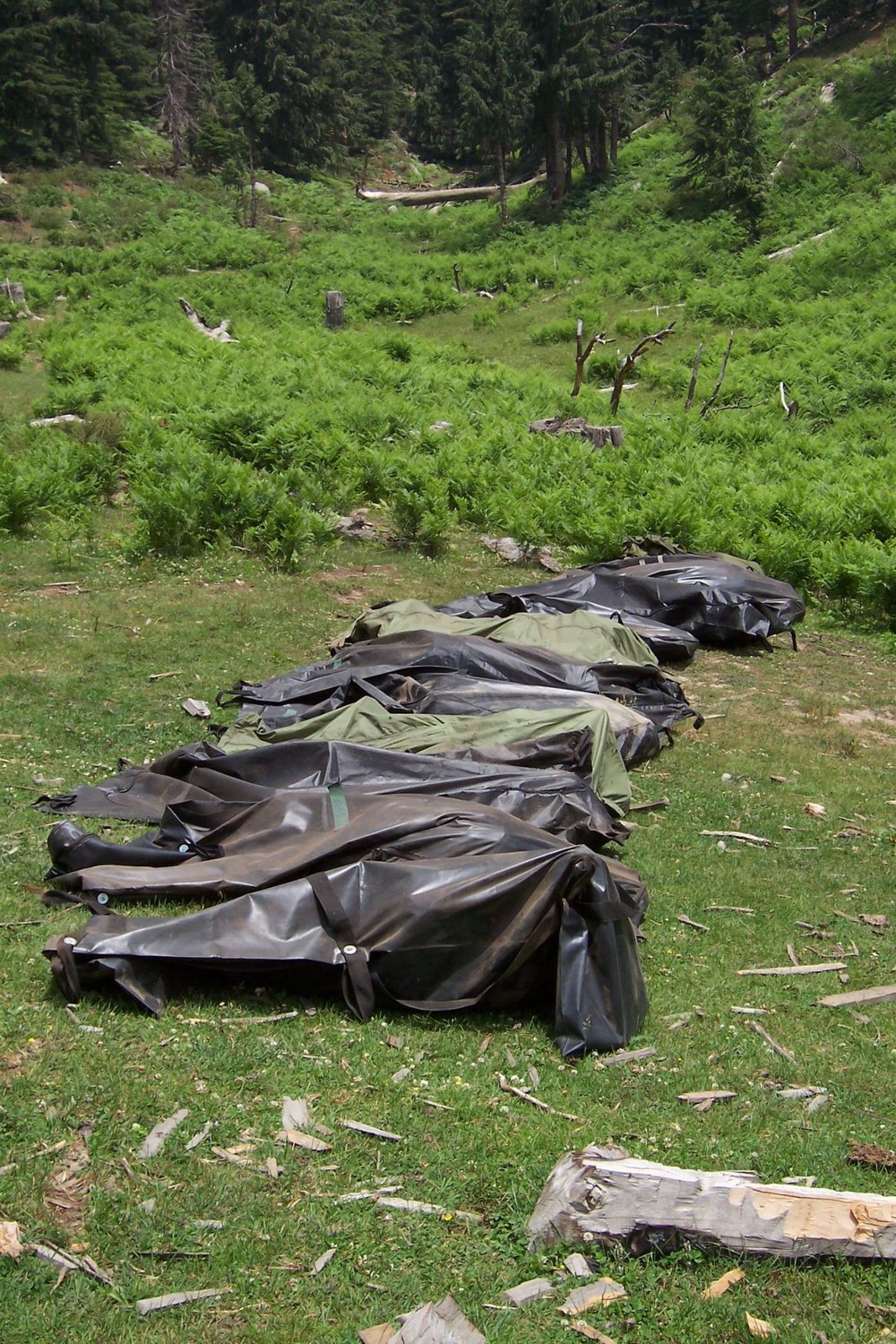
One by one, the Rangers and SEALs loaded the fallen onto the Chinooks and headed back to Bagram with their brothers. The flight back was pure silence. The loss weighed heavy on the men.
As the Night Stalkers approached Bagram they could see what looked like everyone on base standing outside, showing their respect for the fallen.
“When we landed, we just saw a row of Night Stalkers and Rangers and SEALs for as far as I could see, lined up and ready to help transport the remains off and take them to the mortuary affairs section,” Brady recalled.
When the ramp lowered, the Night Stalkers on the Chinooks stood tall and proud for their fallen brethren as task force members boarded and began solemnly moving each remains bag to the mortuary affairs building.
“All of us were pretty broken up at that point,” Rogie said.
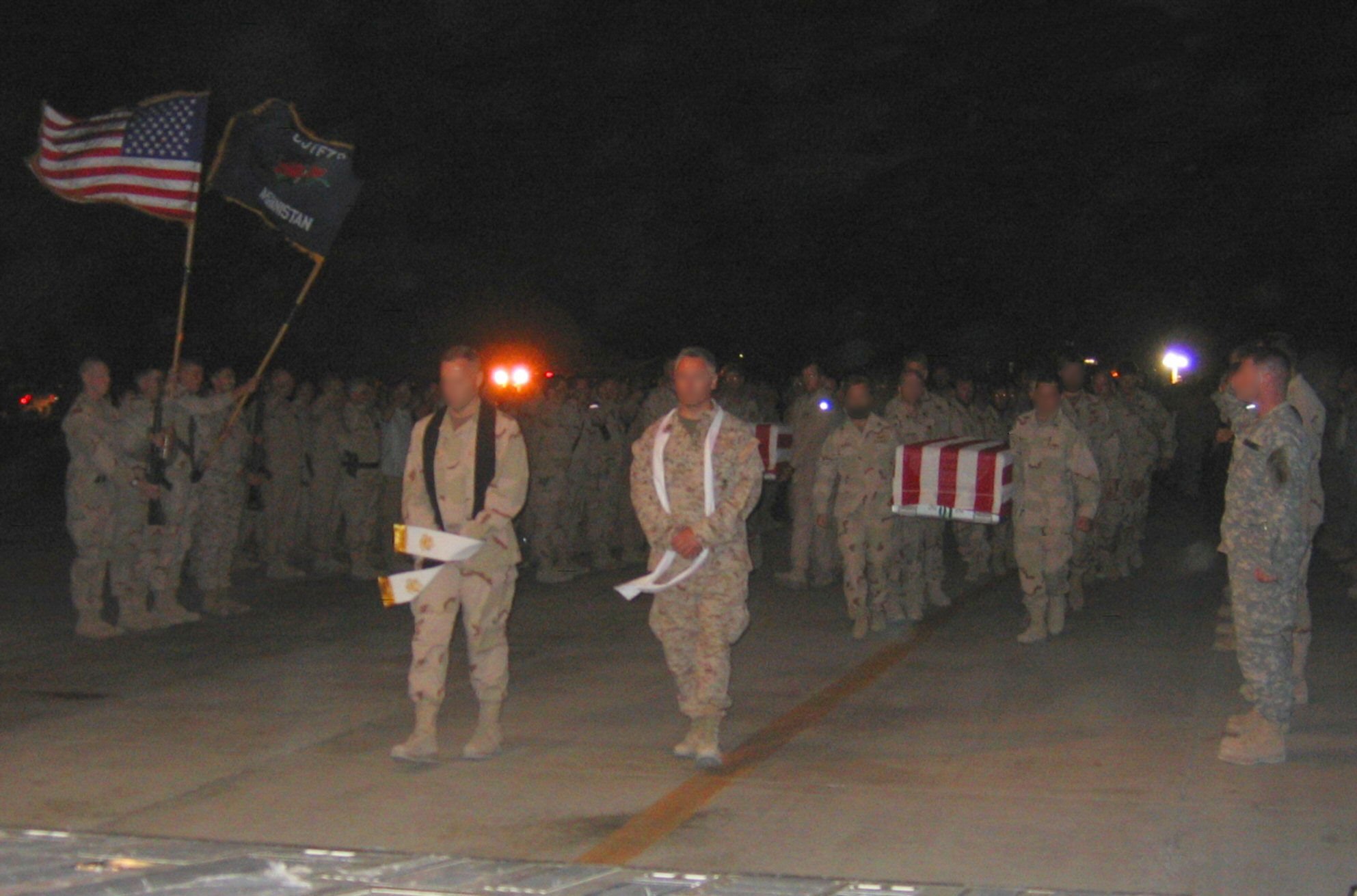
The C-17 sat on the runway with the ramp down, waiting to receive the 16 interment cases containing the fallen warriors. Brady stood next to a SEAL commander — both had to take command of their respective units when Reich and Kristensen were killed on Turbine 33. Their war-weary faces were chiseled stone as they watched the task force solemnly load 16 flag-draped interment cases into the C-17.
Brady said it seemed like the whole base turned out to give the fallen a proper sendoff. As the cases were being loaded, a SEAL ran up to the new SEAL commander and placed a written note in his hand. The note said that Marcus Luttrell was alive at a nearby village. The SEAL commander broke down and cried at the desperately needed positive news.
The fallen Night Stalkers of the 160th SOAR included:
Staff Sgt. Shamus O. Goare
Chief Warrant Officer Corey J. Goodnature
Sgt. Kip A. Jacoby
Sgt. 1st Class Marcus V. Muralles
Maj. Stephen C. Reich
Sgt. 1st Class Michael L. Russell
Chief Warrant Officer Chris J. Scherkenbach
Master Sgt. James W. Ponder III
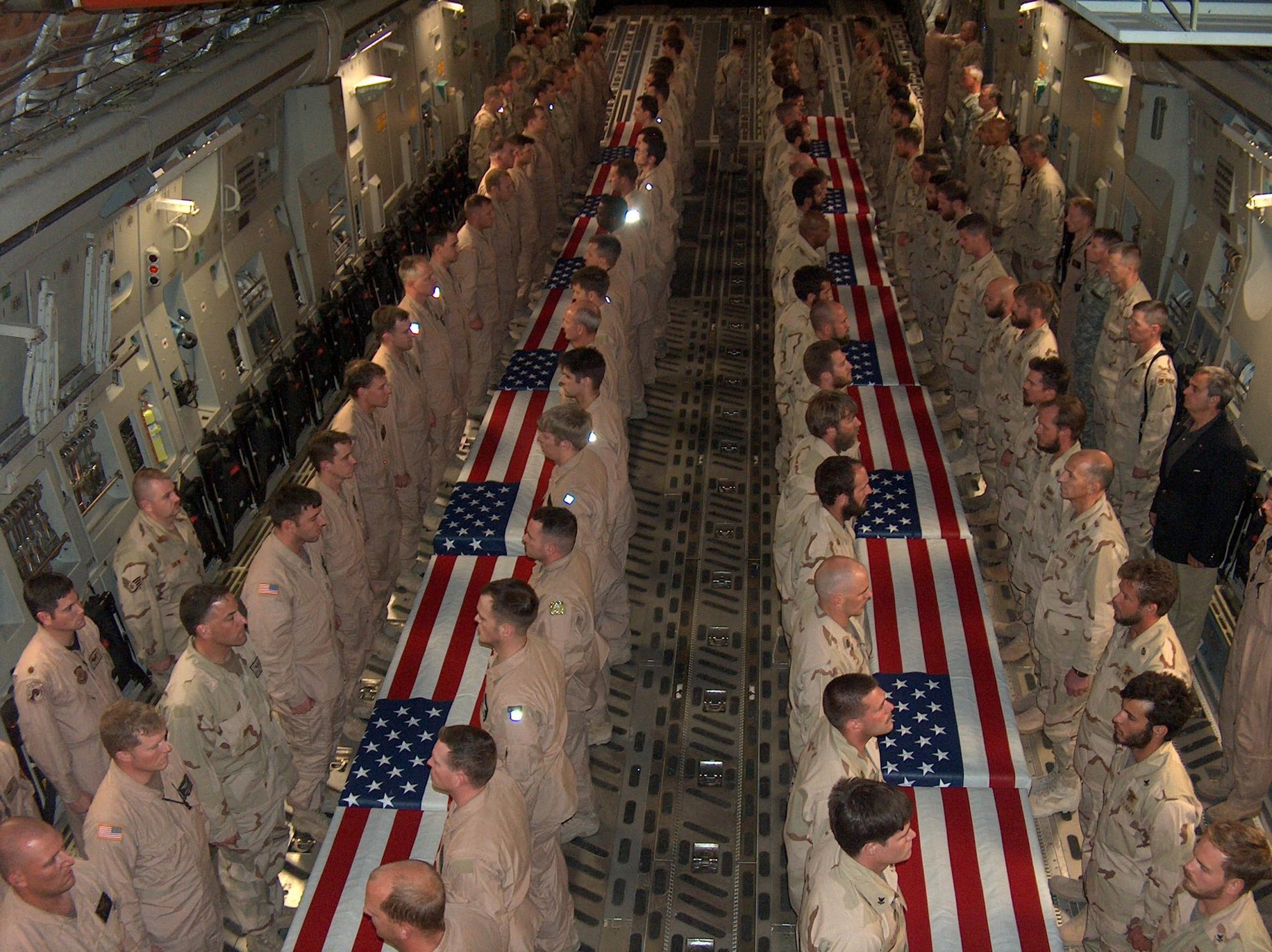
The members of the task force said their final goodbyes. The C-17 closed its ramp and taxied down the runway and took flight. The fallen warriors were now on their way home.
The lone C-17 aircraft lumbered through the sky after departing Germany, a necessary stop on the way back to the United States. The back of the aircraft contained the flag-draped coffins of 16 great Americans: the fallen Night Stalkers and SEALs from Turbine 33.
Children of varying ages ran around the coffins, playing and yelling, not yet old enough to understand the sacrifices these warriors made. A Taliban high-value target sat tucked into the corner away from them all, guarded by other soldiers.
Three war-weary escorts — one of them a SEAL and the other two Night Stalkers Daniel Bell and Chris Eicher — sat off to the sides, grimly staring off into space. They were exhausted and angry with the mistake the US Air Force had made when they allowed Space-A seating to be filled on this leg of the flight home.
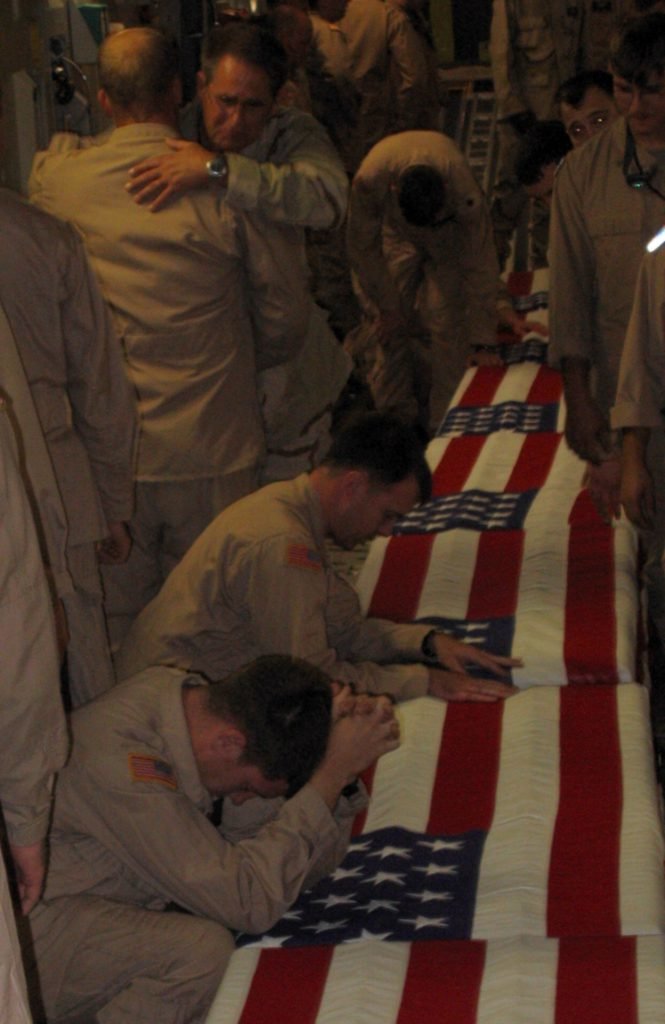
The rescue operation, known as Operation Red Wings II, continued for weeks. Almost every variety of special operations troops in the US military inventory participated in a coordinated effort through some of Afghanistan’s most dangerous and austere terrain during the search for their brothers — both alive and fallen.
Navy SEAL Marcus Luttrell was the only survivor from the initial four-man SEAL reconnaissance element.
For the Night Stalkers of the famed 160th Special Operations Aviation Regiment, the war on terror continued.
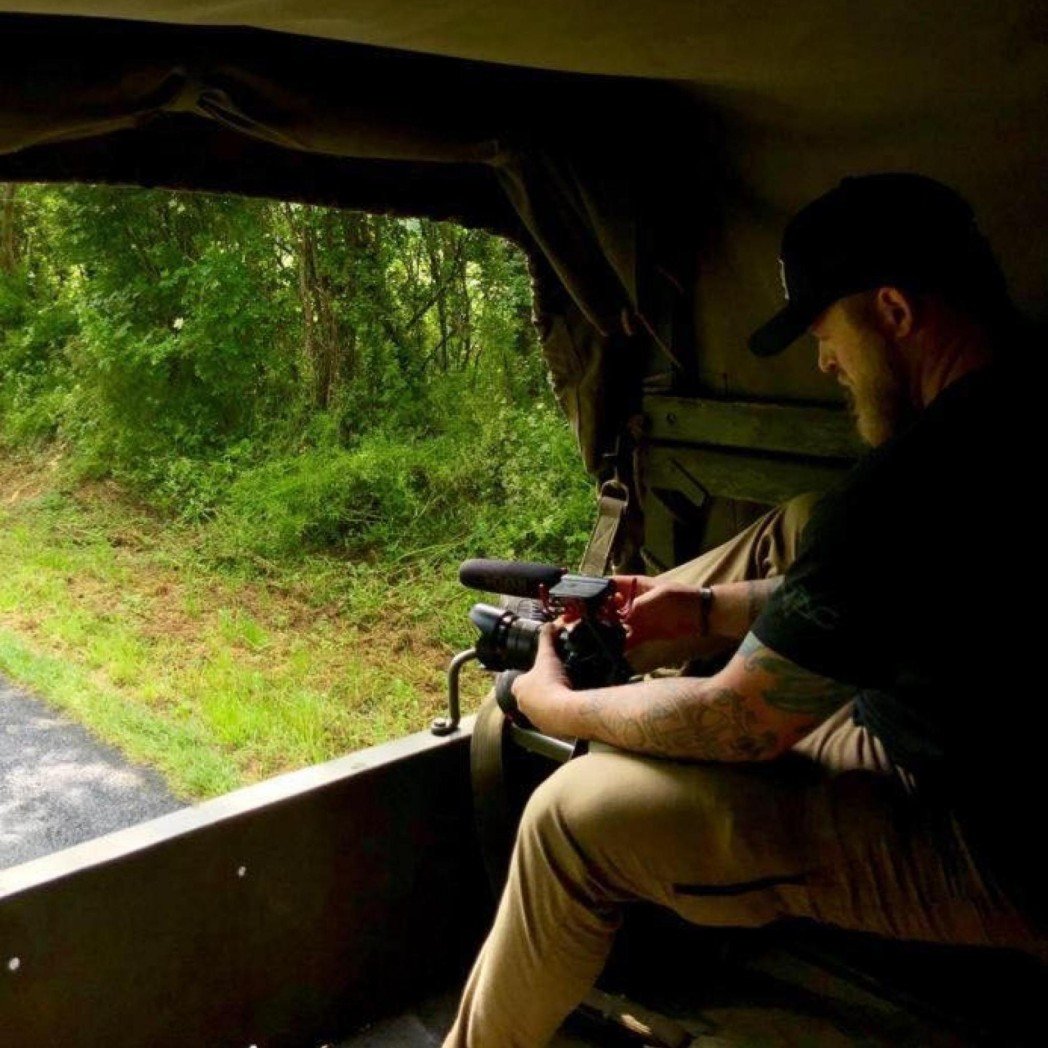
Joshua Skovlund is a former staff writer for Coffee or Die. He covered the 75th anniversary of D-Day in France, multinational military exercises in Germany, and civil unrest during the 2020 riots in Minneapolis. Born and raised in small-town South Dakota, he grew up playing football and soccer before serving as a forward observer in the US Army. After leaving the service, he worked as a personal trainer while earning his paramedic license. After five years as in paramedicine, he transitioned to a career in multimedia journalism. Joshua is married with two children.
BRCC and Bad Moon Print Press team up for an exclusive, limited-edition T-shirt design!
BRCC partners with Team Room Design for an exclusive T-shirt release!
Thirty Seconds Out has partnered with BRCC for an exclusive shirt design invoking the God of Winter.
Lucas O'Hara of Grizzly Forge has teamed up with BRCC for a badass, exclusive Shirt Club T-shirt design featuring his most popular knife and tiomahawk.
Coffee or Die sits down with one of the graphic designers behind Black Rifle Coffee's signature look and vibe.
Biden will award the Medal of Honor to a Vietnam War Army helicopter pilot who risked his life to save a reconnaissance team from almost certain death.
Ever wonder how much Jack Mandaville would f*ck sh*t up if he went back in time? The American Revolution didn't even see him coming.
A nearly 200-year-old West Point time capsule that at first appeared to yield little more than dust contains hidden treasure, the US Military Academy said.












